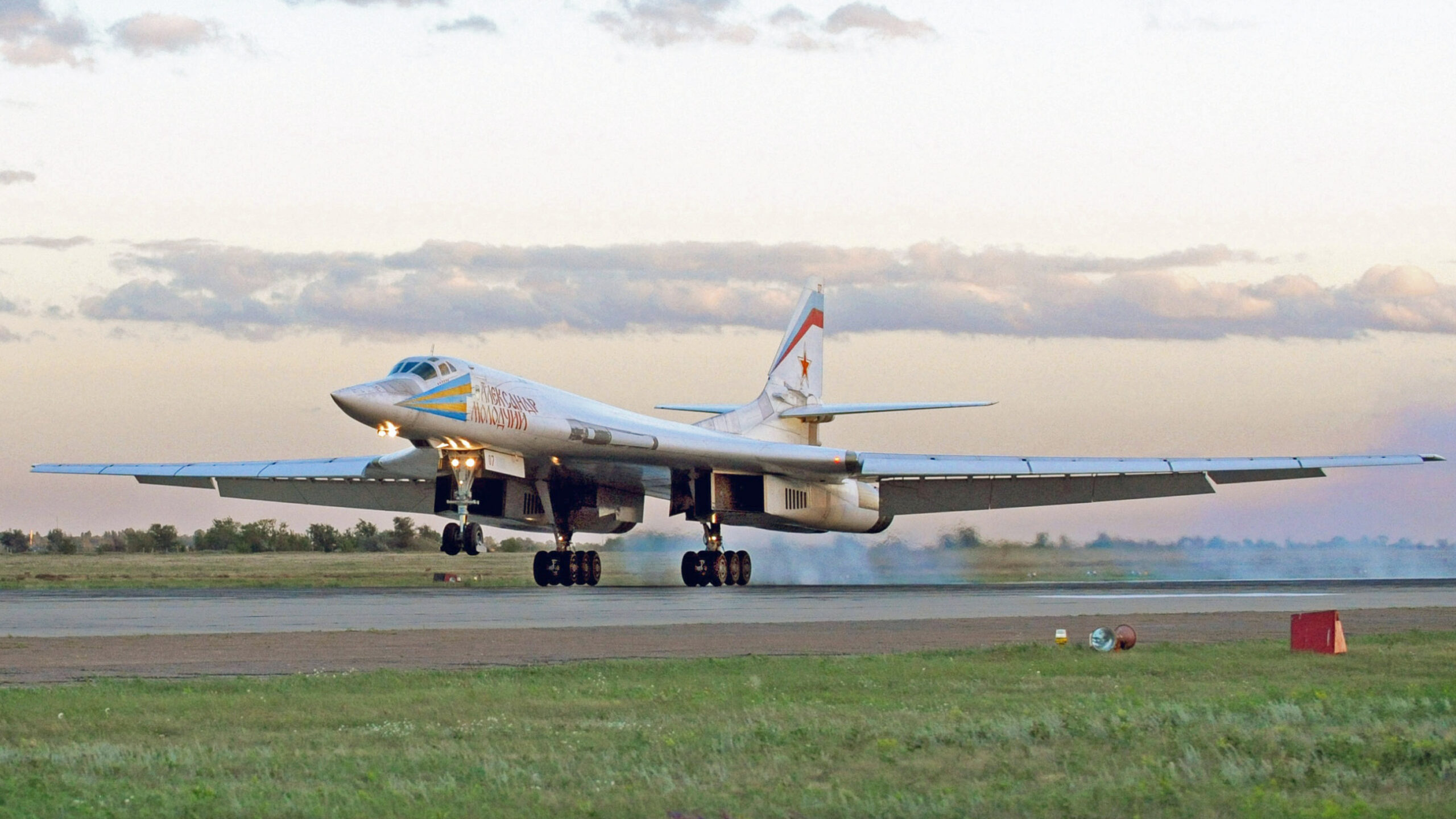Russia claims to have introduced a new long-range air-launched cruise missile, the Kh-BD, and that it’s now arming its Tu-160 Blackjack strategic bombers with the weapon. The mysterious Kh-BD has been in development for some time now, but no confirmed imagery of it has ever been released. Originally, it was planned to arm Russia’s next-generation PAK DA bomber with the nuclear-capable weapon but, as with many Russian defense programs, the exact status of the missile — and the new bomber intended to carry it — remains somewhat unclear.
Sergey Kobylash, the commander of Russia’s Long-Range Aviation — the branch responsible for its bombers and cruise missile carriers, among others — announced that Tu-160s were now carrying the Kh-BD missile. His statement came during a visit to Knevichi Airfield, part of Vladivostok International Airport, in Russia’s Far East, by North Korean leader Kim Jong Un and Russian Minister of Defense Sergey Shoigu. Kim has now been in the Russian Far East for several days, part of a rare foreign trip that has seen him visit a fighter production facility and, reportedly, conduct talks with President Vladimir Putin about the possible supply of North Korean arms for Russia’s war in Ukraine.

According to state-run Russian news agency TASS, the Tu-160 can carry 12 of the new Kh-BD missiles — six on each of the two rotary launchers in its internal weapons bays. Most notable, however, in terms of details about the missile, was Kobylash’s statement that “[A bomber] carries a Kh-BD missile with a range of over 6,500 kilometers” — equivalent to more than 4,000 miles.
Previously, it had been rumored that the Kh-BD would offer around 50 percent more range than the current Kh-101 (NATO AS-23A Kodiak), also used by the Tu-160, which would enable it to hit targets at around 3,700 miles. If the figure provided by Kobylash is true, then the Kh-BD possesses an even longer range than anticipated.
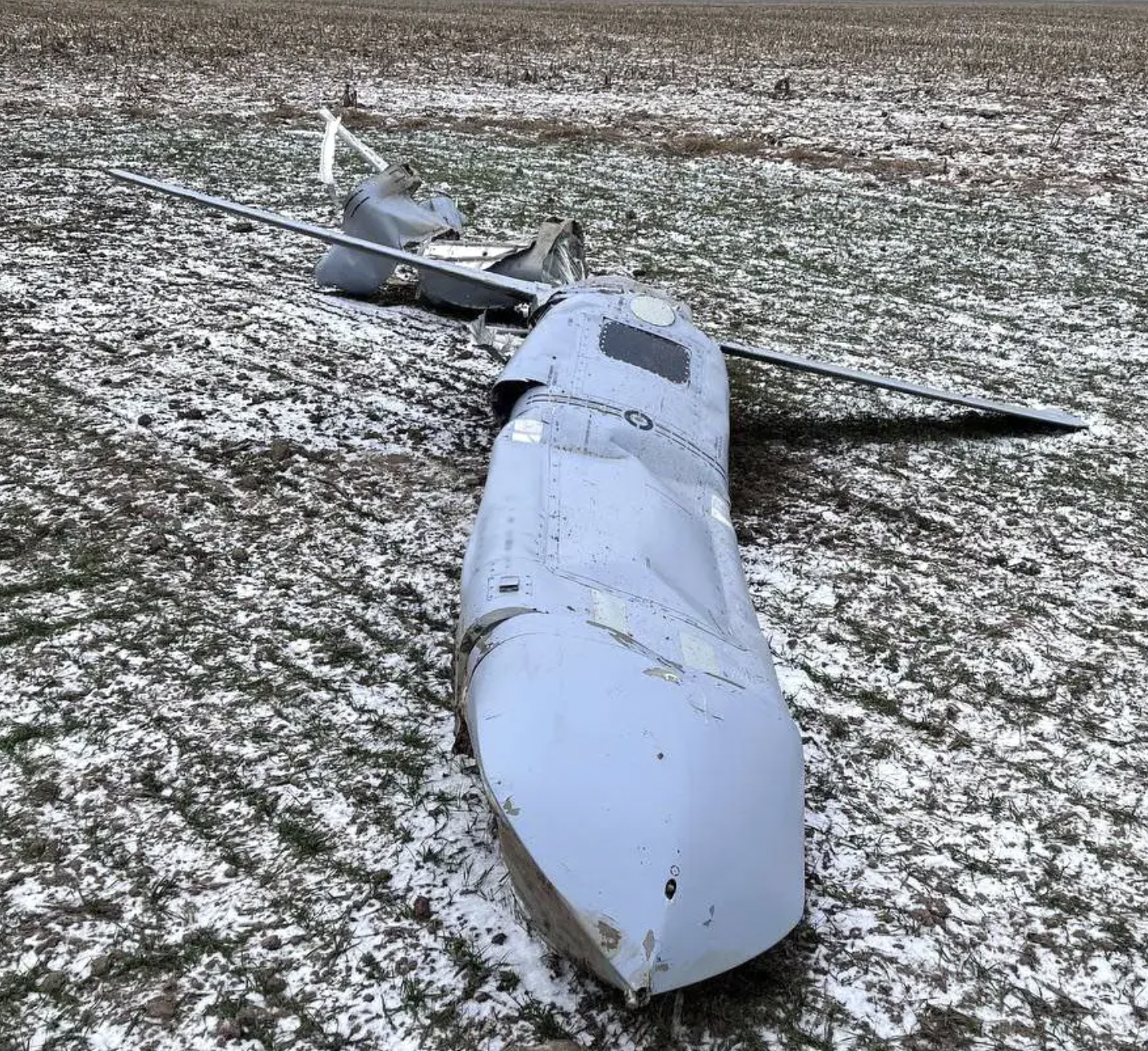
As to what this new-generation long-range cruise missile actually looks like, it had been expected that it would be based on the existing Kh-101 and the nuclear-capable version of that missile, the similar-looking Kh-102 (AS-23B). That would ensure that the Kh-BD can also be carried on the Tu-160’s existing internal missile launchers. The photo released by the Russian Ministry of Defense showing Kim Jong Un inspecting a Tu-160 in Vladivostok does reveal some kind of missiles in the weapons bay, although it’s unclear if these are actually examples of the Kh-BD or the Kh-101/102.
If the Kh-BD is an evolutionary development of the Kh-101/102, it’s not evident, at this point, how it actually achieves its much greater range. One option is the miniaturization of its internal components, including the warhead, to make room for more fuel to power its (presumed) turbojet engine. A more efficient engine and/or a different type of fuel could also contribute to greater reach, as could certain aerodynamic refinements.
The design of the Kh-101/102 already features a low radar cross-section, reducing the chance of it being detected by hostile air defenses, and the same attributes will almost certainly be found on the Kh-BD. On the other hand, the much greater promised range of the Kh-BD would somewhat negate the need for low-observability.
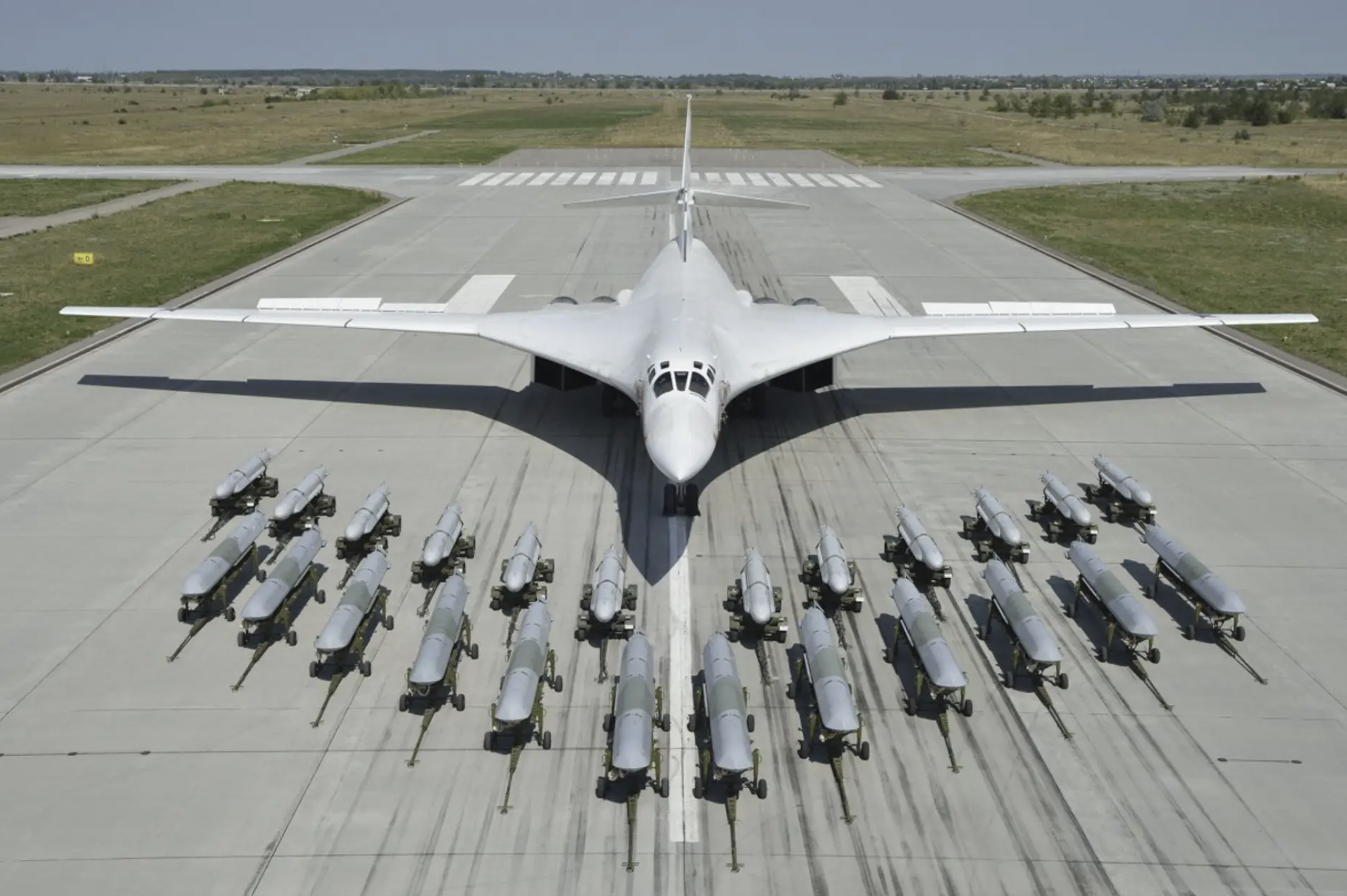
The first reports of the development of the Kh-BD (in which the last two letters stand for Bolshaya Dalnosti, or ‘long-range’ in Russian) began to emerge in 2017.
Prior to that, however, in August 2013, the Raduga company based in Dubna, in Moscow Oblast, had received a Russian Ministry of Defense contract for research and development work for the Kh-BD, which is also known as izdeliye 506, under a program codename Romans (romance). According to that contract, flight tests of the new missile were expected to begin in 2018, leading to the completion of state acceptance trials in 2020. It seems that this schedule was not met, however.
Also, if it’s true that the Tu-160 is now carrying the Kh-BD, that doesn’t mean that the missile has finally undergone state acceptance trials and has actually entered service. It could well be the case that the missile is still undergoing tests aboard the bomber, which would ultimately also include various firing trials against simulated targets. No details of any such missions have been reported so far, however, and they may well be at a comparatively early stage, At this point, we simply don’t know.
Ultimately, the Kh-BD is intended to arm both the Tu-160 and the PAK DA, Russia’s long-awaited new-generation bomber. The status of this equally mysterious aircraft is very much unclear, although there’s no doubt that it has been significantly delayed and there is no guarantee, at this stage, that the program will lead to an operational bomber, at least anytime soon.
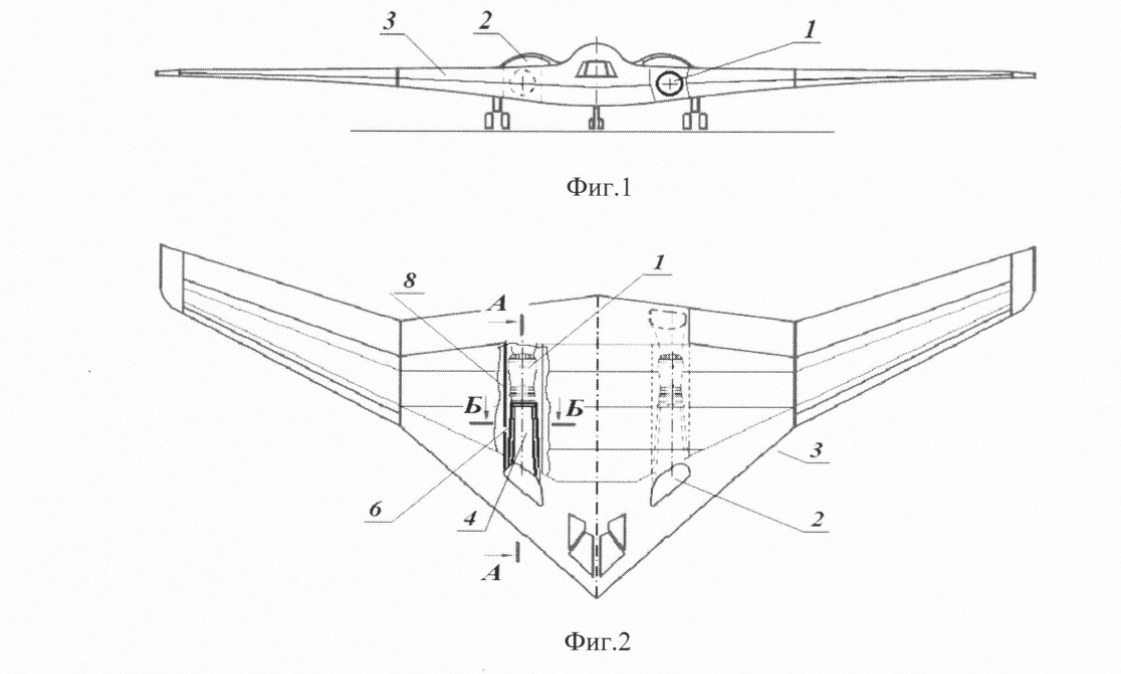
In the meantime, the Tu-160 has returned to production, after the initial manufacturing effort came to an end by 1995. The first example of the Tu-160M from the new production batch took to the air in January 2022, as you can read about here.
Putting the swing-wing Tu-160 back into production, in modernized form, is primarily intended as an interim measure due to delays in the PAK DA program.
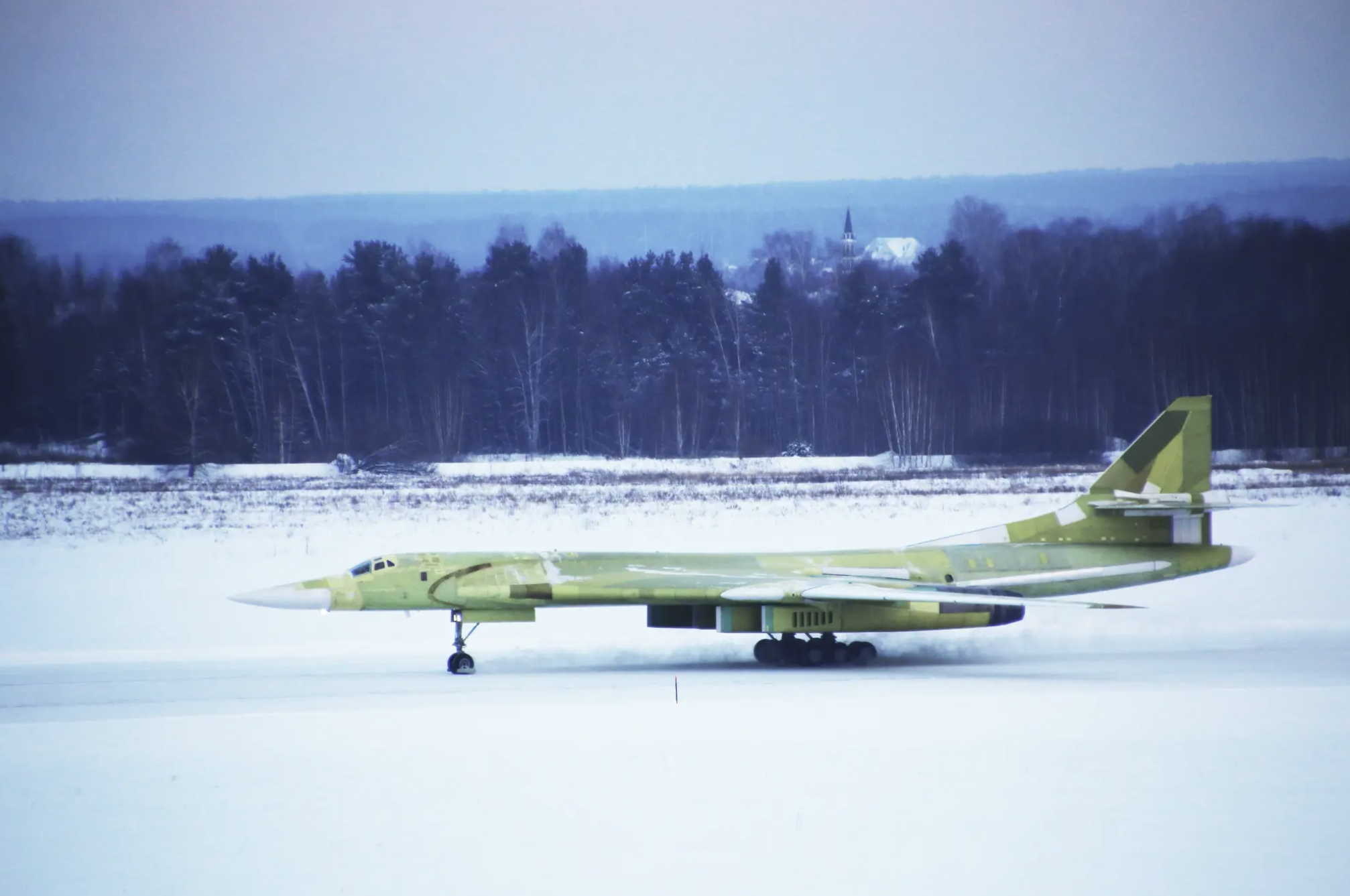
A formal order for 10 new Tu-160Ms was placed in 2018, while the Russian Aerospace Forces have declared an overall requirement for at least 50 new-build Blackjacks, although so far no further orders have been placed. Meanwhile, 17 of the original Tu-160s make up the current Blackjack fleet, a strictly modest force in terms of numbers.
It seems likely that, eventually, the Kh-BD could replace both the conventionally armed Kh-101 (which has been used in combat over Syria and in the war in Ukraine) and the nuclear-tipped Kh-102. It should also allow the replacement of the Cold War-era Kh-55 (AS-15 Kent) and its non-nuclear variant, the Kh-555 (AS-22 Kluge), the latter also having been widely used in Ukraine.
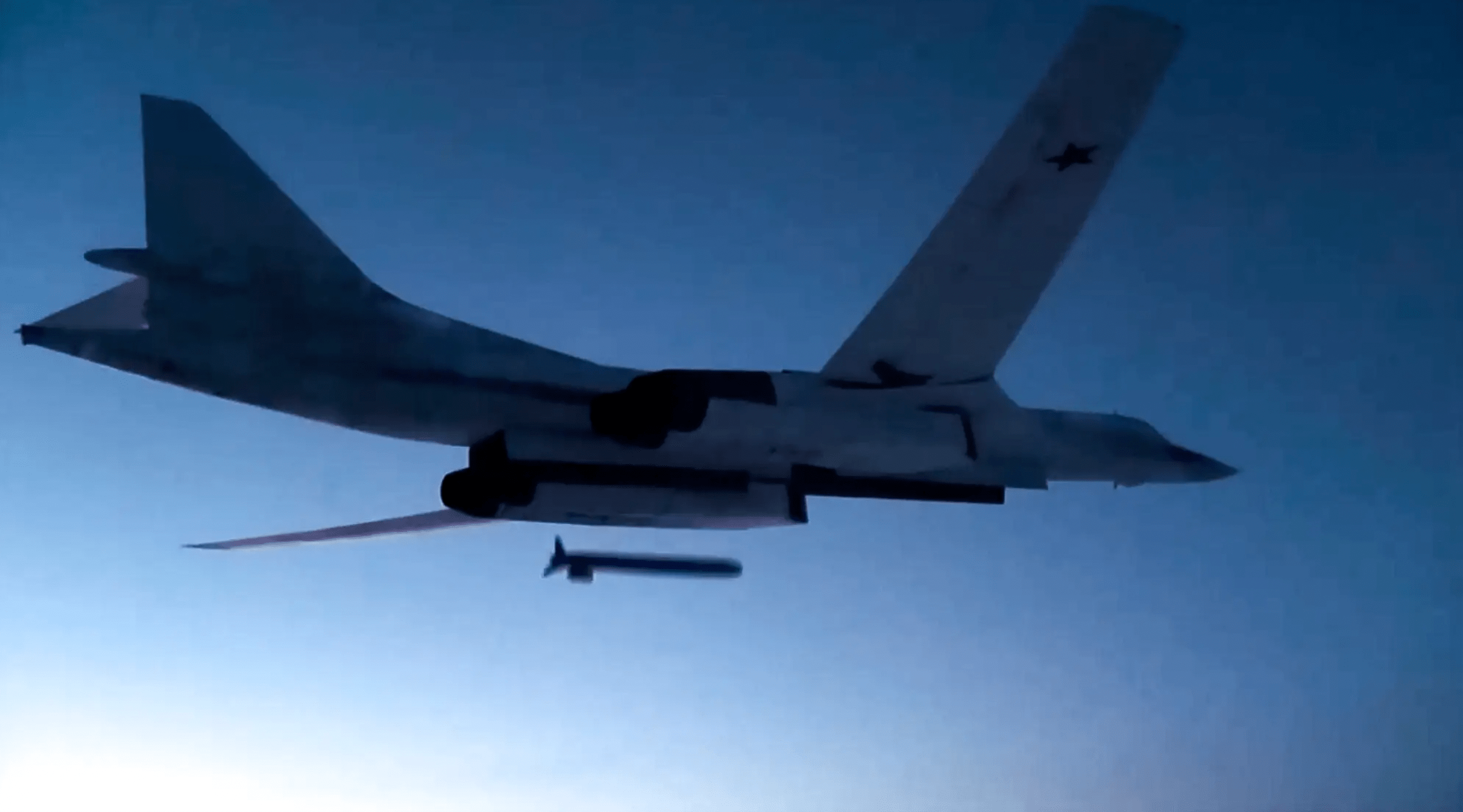
While very few details are known about the missile’s other capabilities, its extended range is clearly the key feature.
The maximum range of the current Kh-101 missile is reportedly between 1,864 and 2,485 miles and the Kh-102 is said to be able to fly somewhat further, thanks to its lighter warhead.
Assuming a range of 2,485 miles for the Kh-101/102, a Tu-160 can remain deep within Russian airspace and still be able to strike targets almost anywhere in Europe. Even flying directly over the Tu-160’s home base at Engels, in central Russia, a good portion of western Europe can be held at risk, with the exception of southern Spain.

Even a range at the lower end of the scale, at around 1,864 miles, means that a Tu-160 can strike targets across most of Europe when the aircraft is flying over western Russia.

Introducing the Kh-BD, with a range said to be in the region of 3,700 miles, brings a whole new set of targets to bear, especially if the Tu-160 is deployed to bases in the Russian Arctic, for example, from where missions could be launched against North America. If the PAK DA, which is expected to feature low-observable characteristics, does finally enter service, it would provide an even more potent strike platform when combined with the long-range Kh-BD.


Even if the Kh-BD is launched from bombers operating in the vicinity of Engels, for example, this would offer advantages, too, including being able to return to base for a rapid reload and turn around, to launch another wave of missiles.
But whatever the current status of the Kh-BD, it pays to be cautious about claims made by the Russian Ministry of Defense about its ‘novel’ weapons programs. Many of these over-promise on their eventual capabilities, while others disappear altogether, victims of changing priorities, technical over-ambition, or the competition for funds.

In its favor is the fact that Long-Range Aviation, and strategic weapons in general, are typically assigned a high priority in Russia. At the same time, stocks of Kh-101s are clearly being burnt through at a prodigious rate due to the war in Ukraine. Since those stocks need to be replaced, now could be an opportune time to introduce a new and more capable missile, especially if it’s essentially a further evolution of the Kh-101/102 anyway.
Another question concerns the reliance, or otherwise, of the Kh-BD on components sourced from outside Russia. Multiple reports suggest that the production of high-tech weapons such as cruise missiles has become much more complicated due to the sanctions placed on Russia, with weapons of this kind typically relying heavily upon Western microchips, for example. It remains to be seen whether the design of the Kh-BD includes any kind of measures to work around these limitations.
For now, we will have to wait for more details of the Kh-BD and, hopefully, a first confirmed glimpse of the new weapon. With Russian long-range cruise missiles remaining a weapon of choice in the war in Ukraine, if the Kh-BD is close to being operational, we may not have to wait long to see it in action in that conflict, too.
Contact the author: thomas@thedrive.com
